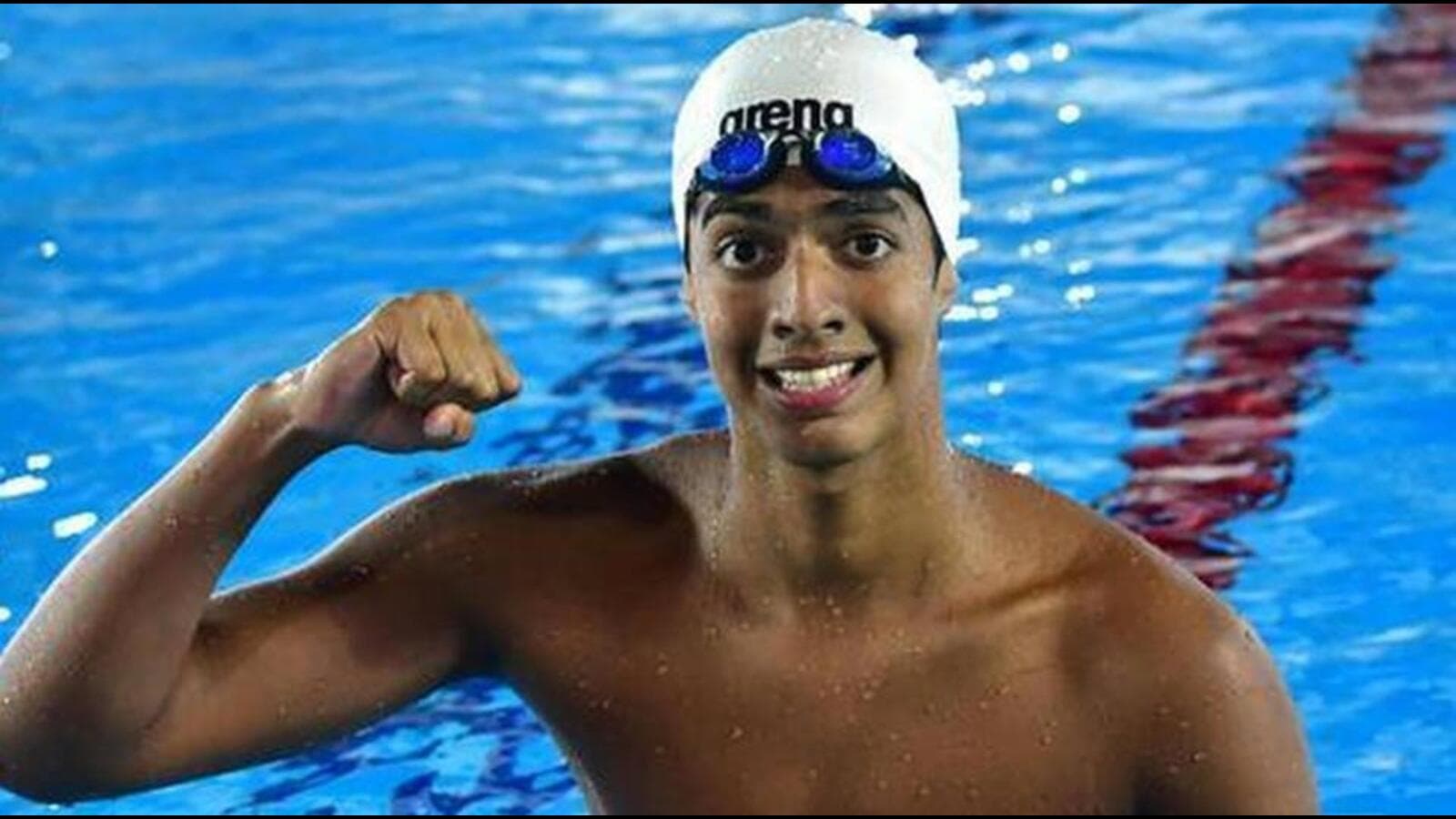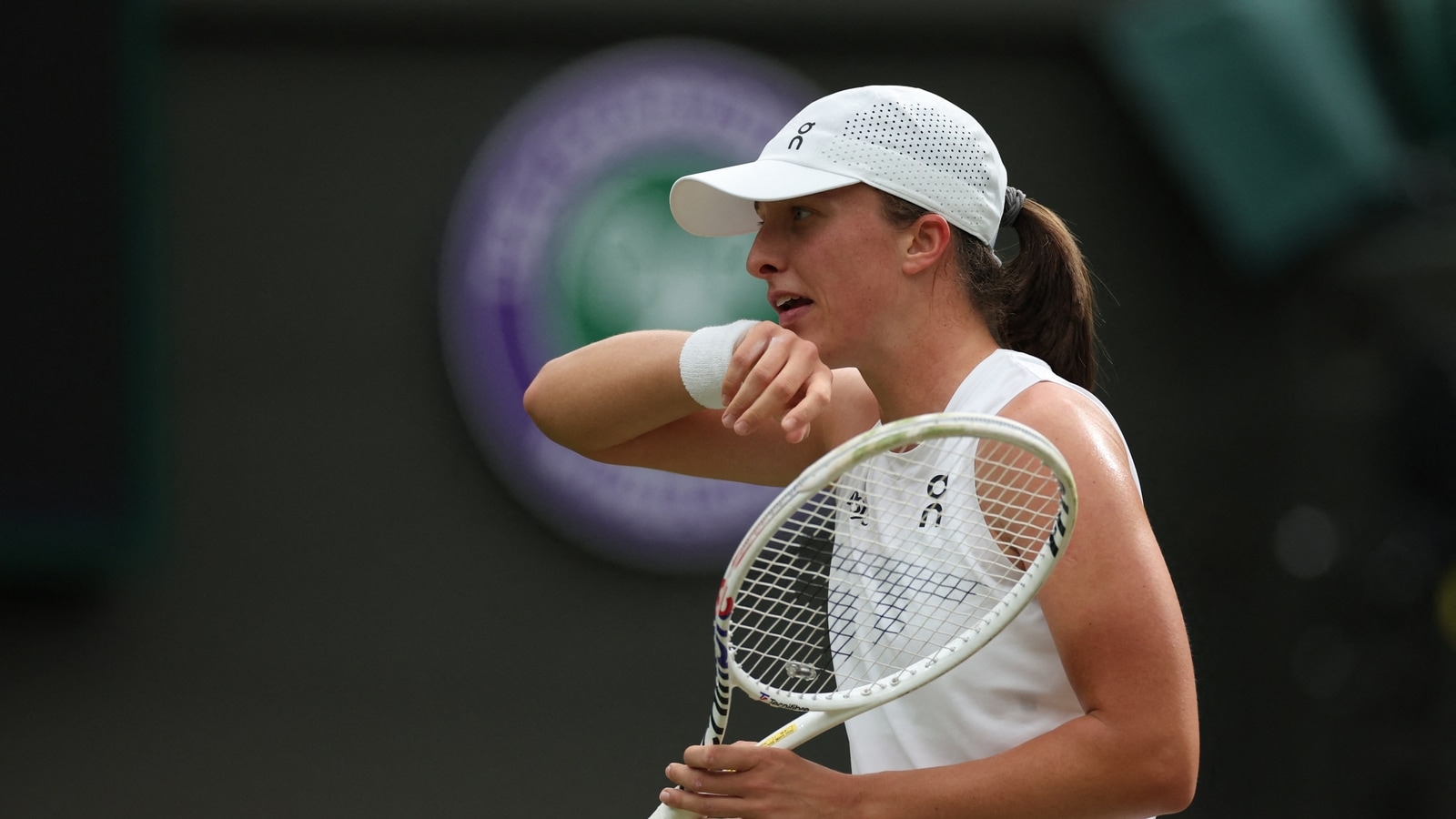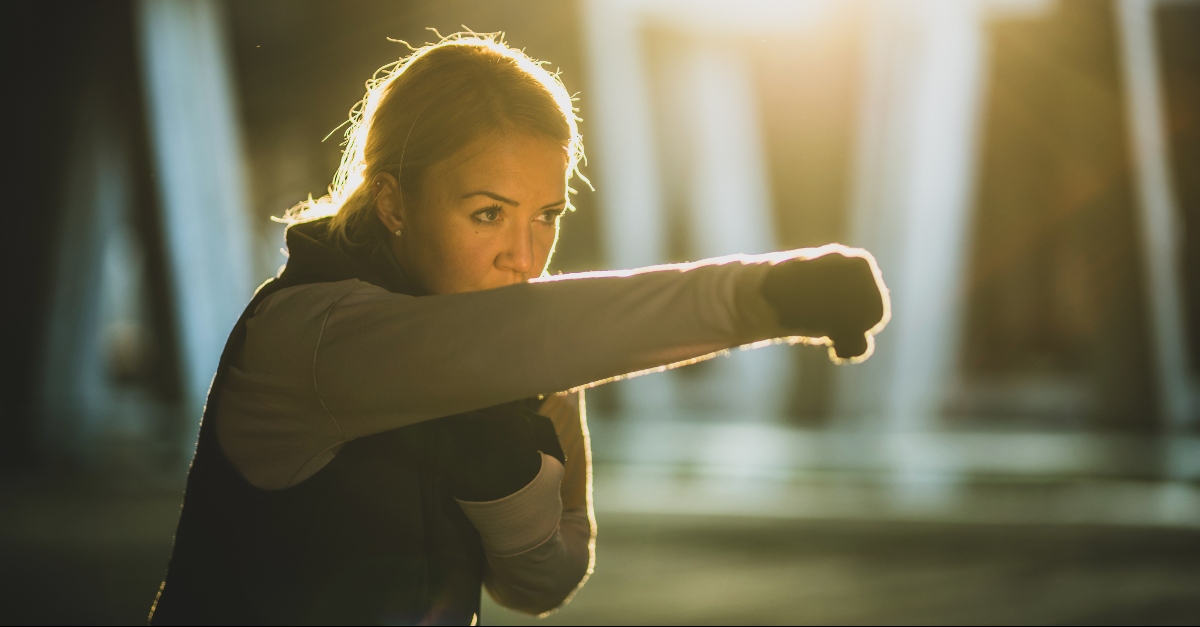From record Olympic ‘A’ cuts to Universality – why the ebb in Indian swimming

Bengaluru: Three years ago around this time, Sajan Prakash was riding a wave. He had made history by becoming the first Indian swimmer to achieve the Olympic Qualifying Time (‘A’ cut) and was headed to Tokyo. Another Olympics is round the corner, but Sajan features nowhere in the pre-Games landscape. He’s checked himself in at an ayurvedic facility in Thodupuzha, Kerala, to tend to his sore muscles from stubborn injuries. Sajan couldn’t qualify for the Paris Olympics.
No Indian swimmer made the ‘A’ or ‘B’ qualifying mark this time. It left India to fall back on Universality Places – which are handed to underrepresented National Olympic Committees. Through it, one male and female swimmer – Srihari Nataraj (100m backstroke), who also made the ‘A’ cut last time, and Dhinidhi Desinghu (200m freestyle) will represent India at the Paris Olympics in a couple of weeks’ time. To go from history-making direct qualification to universality quotas, isn’t a great look for Indian swimming. If anything, it’s a step back.
“It’s definitely disappointing,” Sajan told HT, “We had a breakthrough last time with both Hari and I making the ‘A’ cut.” Sajan has no delusions about what may have gone wrong in his case. “I swam a lot this time but my planning and periodisation weren’t great. My shoulder wasn’t feeling good either and I couldn’t cope with the intense workouts.”
In April this year, World Aquatics modified the criteria for Universality places. It stipulated that athletes can only compete in up to two Olympics and shouldn’t be older than 30 years as of December 2024. Sajan already has two Olympic appearances on his CV and will turn 31 this September. “It was almost as if the rules were changed for me,” he joked.
“I knew I wouldn’t be eligible for Universality and making an ‘A’ cut was the only option. The qualifying times were a lot faster this time which didn’t make it any easier. There was barely any difference this time between ‘A’ and ‘B’ timings. I was hoping to go below 1:56, but I was stuck at 1:59.”
The ‘A’ mark for men’s 200m butterfly was 1:55.78. For Paris, the average gap between ‘A’ and ‘B’ marks or OQT and Olympic Consideration Timing (OCT) is just 0.5%, as opposed to 3%, for Tokyo.
Virdhawal Khade, a 2010 Asian Games medallist, who’s now transitioned to coaching wondered how things had come to such a pass. “After two ‘A’ timings for Tokyo, I was pretty certain we’d double the number this time. Being down to zero is puzzling.”
Srihari called it “disappointing” to not make direct qualification. “I’ve been training really well this past season. I had a few shots at it and I kept getting better each time I swam the race, but it just wasn’t enough.” Srihari clocked 54.68 (100m backstroke) to win the Mare Nostrum meet in May. The Paris ‘A’ cut was set at 53.74 and he holds the national record at 53.77.
Dronacharya awardee Nihar Ameen who coaches both Srihari and 14-year-old Dhinidhi believes all is not lost but there’s still work to be done. “For Srihari, we did everything we possibly could, but it just didn’t happen. Maybe he needs to drop a bit of weight to get faster. All said, an ‘A’ mark is mighty tough and it’s not easy for an athlete to deliver across two Olympic cycles. We were kind of between a rock and a hard place for the Universality and the ‘B’ and ‘A’ cut.”
But he’s home and dry now headed to Paris and all is not yet lost. What we don’t have is depth in Indian swimming. So, it’s just down to a couple of them to crack the ‘A timing.”
Indian swim coaches concur that the lack of numbers coming through is partly due to early burnout. “We have a high burnout and dropout rate before 17,” Ameen pointed out. “If a coach can’t deliver in the first national meet with a 13-14-year-old kid, parents often pull them out of the program and take them elsewhere. So, coaches are obliged to train kids in a way that they peak early which ends up in early burnout and injuries. The key is to raise the level of coaches with a robust coaches’ education program. It could take a while.”








